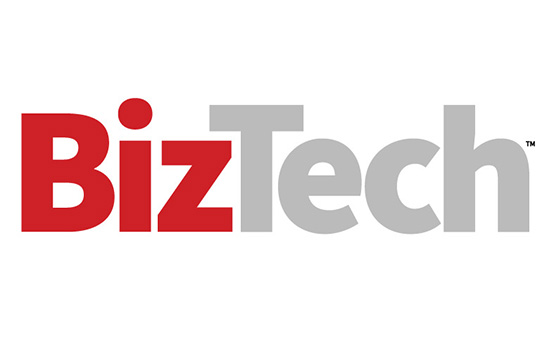Financial Services Leads the Way on AI
The Snowflake research found that financial institutions (FIs) are embracing AI to a greater degree and are spending more on the necessary data warehousing than other industries.
“Given both competitive pressures and the capacity for generative AI to improve digital customer experience and target compelling offers tailored to consumer need, the industry is likely to remain a leader in gen AI adoption,” the study’s authors write.
Early AI adopters among FIs are also far more likely to use the technology to improve financial performance of their firms (43%) than other organizations (30%). It’s no surprise, then, that cybersecurity (70%) and customer service (63%), two areas of any financial services business with high impact on financial performance, are among the most common uses cases for AI adopters in the industry.
UP NEXT: Five techniques for AI abuse and filter bypassing.
Using AI Tools to Make Data AI-Ready
Financial institutions working to make their data AI-ready must consider its format and whether it’s structured or unstructured.
Fortunately, generative AI is increasingly affording new experiences using unstructured data. For instance, the technology can simplify the scanning of thousands of PDFs to answer user queries, previously a cumbersome, error-prone activity.
Choosing the right generative AI tools to ensure smooth ingestion of unstructured data remains important, allowing a search experience to be layered on top — no data science background necessary, Avanes says.
Generative AI can also help organizations with their data governance challenges by automatically applying and enforcing access policies once data has been classified and, in some cases, handling tagging itself.
“You can find sensitive data and then basically instruct the enforcement of policies without needing to do so again or writing a ton of code yourself,” he says.
Click the banner below to refine your AI strategy with these ideal use-cases.














